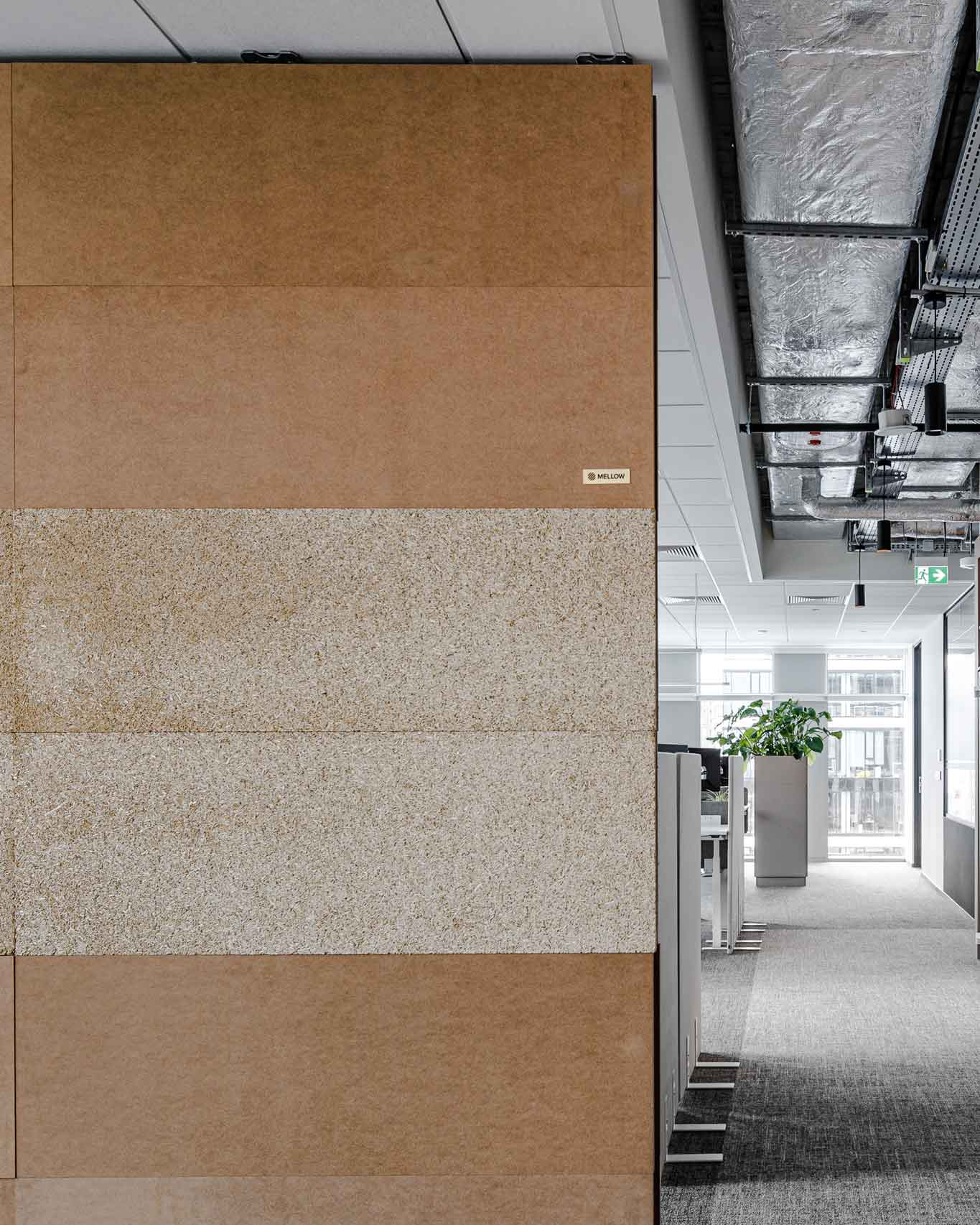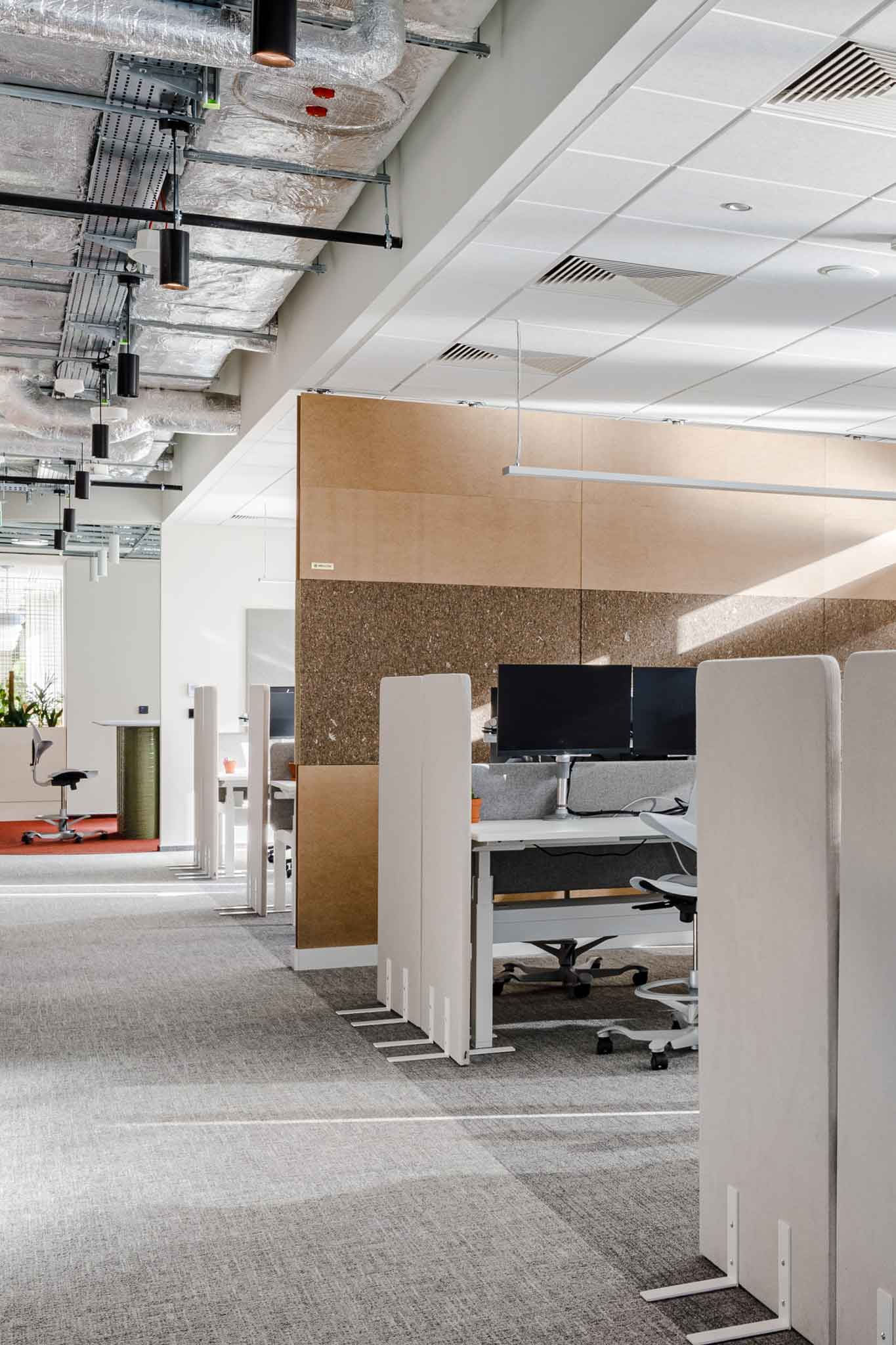
Enhancing Sustainability With The Help Of AI: Implementing Generative Design To Provide Greener Solutions For Living Spaces
Author: Arabella Angelina Cumpănă
As environmental issues were brought to the forefront in the past few years in various industries, sustainability has gained precedence over other factors when it comes to generating new products. This can be easily noticed in the design sector, where the imperative of tackling climate change was also propelled by clients’ demands on cost efficiency and the eco-friendliness of the living space. Meeting these requirements compelled professionals to seek novel solutions and a useful tool in this quest proved to be the implementation of AI-driven generative design. Harnessing AI-powered generative design has significantly expanded the design’s solution space, facilitating a fusion between traditional and innovative methods. To better comprehend how AI and generative design can work together in order to enhance sustainability, let’s take a glimpse at what generative design actually is.
Overview of Generative Design And Its Relationship To Artificial Intelligence
Briefly speaking, generative design is based on the usage of computational capabilities in order to optimise the search for feasible solutions to different design problems. At a first glance, it may appear as a redundant strategy, considering that the designer himself could manually explore such alternatives, but here is when AI comes into play. AI algorithms favour the analysis of a large array of datasets, providing novel findings to an otherwise cumbersome process, especially when the list of factors a designer should consider has visibly extended. Through the expansion of designers’ reference frameworks, the key objective of AI-driven generative design is to deliver totally new alternatives that differ from traditional models. In addition to this, such computational algorithms are conducive to the evaluation of various design scenarios that, from a quantitative standpoint, would prove impractical to be managed manually. When addressing this subject, one shouldn’t minimise the importance of the creative work conducted by the designer himself, as AI-empowered mechanisms do not serve as a substitute for it. Generative design’s utility resides in the augmentation of this creative process by exploring and generating a wide range of eco-friendly solutions in the face of environmental threats that might have been overlooked. Let’s further trace some aspects in which generative design validates its applicability and effectiveness.
How AI-powered Generative Design Promotes Sustainable Practices
- By automating much of the process, generative design can carefully examine different properties of various materials and select the optimal one for future use in alignment with sustainability criteria. Deciding on the right material without the need of testing it out can significantly contribute to waste reduction. On top of that, it can also approximate the precise measurements of the required material, thus leading to an eco-friendlier building process.
- As stated in the beginning, AI-driven generative design takes into consideration an array of factors, and when it comes to integrating a greener approach, it scrutinises key elements such as sunlight exposure and wind patterns[1]. This revolutionary mechanism can suggest some renewable energy sources that are suitable for the building layout, thus promoting energy efficiency.
- Reduced energy consumption is followed by indoor environmental quality. Evaluating the quality of the space is an important step in ensuring its safety for future occupants. Therefore, analysing noise pollution, air cleanliness and thermal control through generative design, powered by AI, can bolster building performance and assist designers in making conscious decisions regarding the quality of the indoor space in accordance with sustainability goals.
- With regard to the contemporary building process, a major issue emerges, namely the longevity of these structures. Some debates were ignited concerning the maximisation of profits through the construction of buildings that are not long-lasting. These concerns have spiked an interest in the resilience of architectural spaces, resulting in the examination of various climate factors that could affect the building over time. Hence integrating generative design can provide optimal strategies for counteracting and withstanding potential environmental changes, promoting waste reduction and material efficiency.
How Scandinavian Architecture Implements AI-driven Generative Design To Meet Sustainability Goals
Scandinavian architecture is renowned for its extensive use of eco-friendly strategies, fostering a sustainable architectural environment. Even though a Swedish study on generative design from 2020 stated that this revolutionary approach was still in its infancy back then, right now a sizable upsurge in the employment of this method can be noticed. Norwegian platform Spacemaker, which was recently acquired by Autodesk, gives architects, engineers and designers the chance of probing different design concepts in the span of minutes and picking out the optimal alternative for a specific context. By conducting the decision-making process regarding the practical side of the project, AI-driven generative design provides space for designers to concentrate more on the creative part of their work.
Danish architecture studio Cobe, which is based in Copenhagen, started to use Spacemaker in the early stages of project planning. Mads Birgens, head of urbanism at Cobe, mentioned in an interview for Dezeen Magazine that integrating digital tools “can bring forward challenges that weren’t addressed earlier” and assist designers in the search for the best solutions, especially in regard to the early stages of the project, when budgets are relatively low.
One such plan that involves the use of AI-driven generative design is the Vridsløse project, concerning the renovation of a former prison as part of the construction of a new residential area, located in Albertslund, near Copenhagen. By examining how the building massing can exert an influence on sun and wind conditions in streets and courtyards, generative design facilitated the anticipation and prevention of some challenges that could be encountered later during the construction process. Hence, employing such strategies can ensure the liveability of an architectural space without causing too much expense.
Conclusion
Promoting a greener way of designing and building new spaces has become easier with the help of AI. The fusion of AI-driven generative design strategies and sustainability practices can significantly bolster the quality of living spaces, unveiling innovative solutions for previously convoluted problems. Scandinavian architectural space proves to be an example with regards to integrating sustainable practices. Despite persisting challenges, implementing generative design techniques can majorly impact the reconfiguration of design landscape, resulting in better options for a safer future.
At mellow we work hard to help companies adhere to more sustainable practices, if you’re interested or want to learn more don’t hesitate to book a call with us below!
References
- https://www.maket.ai/post/the-intersection-of-ai-and-sustainability-how-generative-design-is-helping-to-create-more-eco-friendly-spaces
- https://www.diva-portal.org/smash/get/diva2:1497112/FULLTEXT01.pdf
- https://transcendinfra.com/generative-design-ai/
- https://www.dezeen.com/2022/05/31/cobe-spacemakers-ai-software/
- https://www.autodesk.com/design-make/articles/nordic-architecturehttps://livinspaces.net/design-stories/news/how-this-scandinavian-company-is-using-artificial-intelligence-to-enable-sustainable-urban-design/
subscribe to our newsletter!

Latest ArtiCles


building better with adaptable partition walls
